

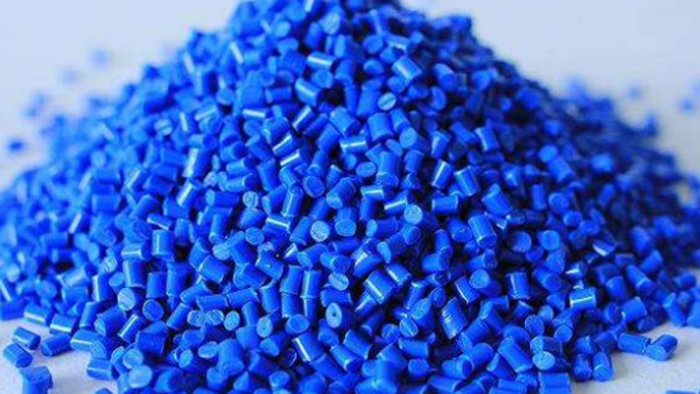
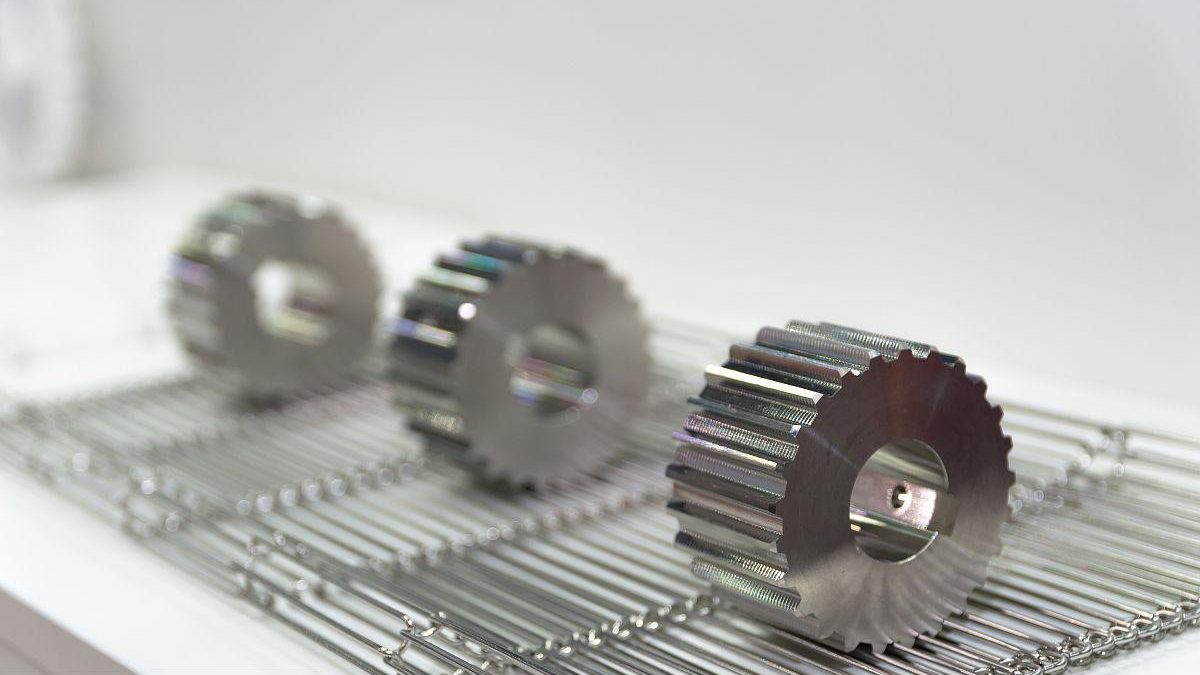
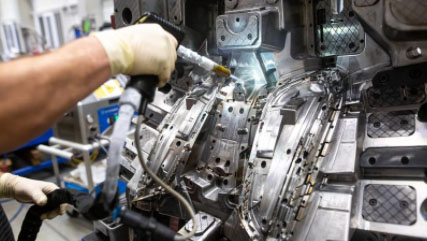
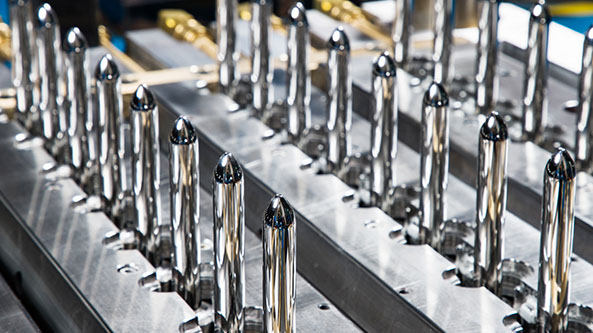
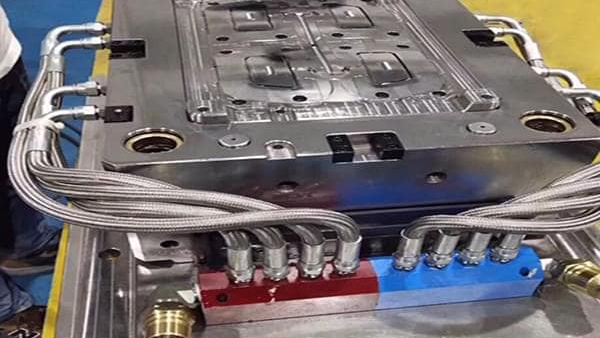
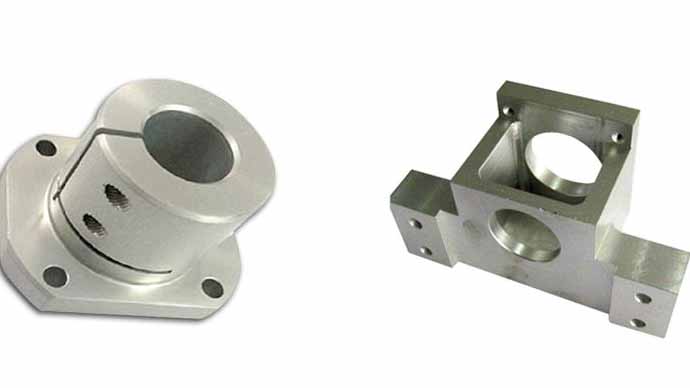
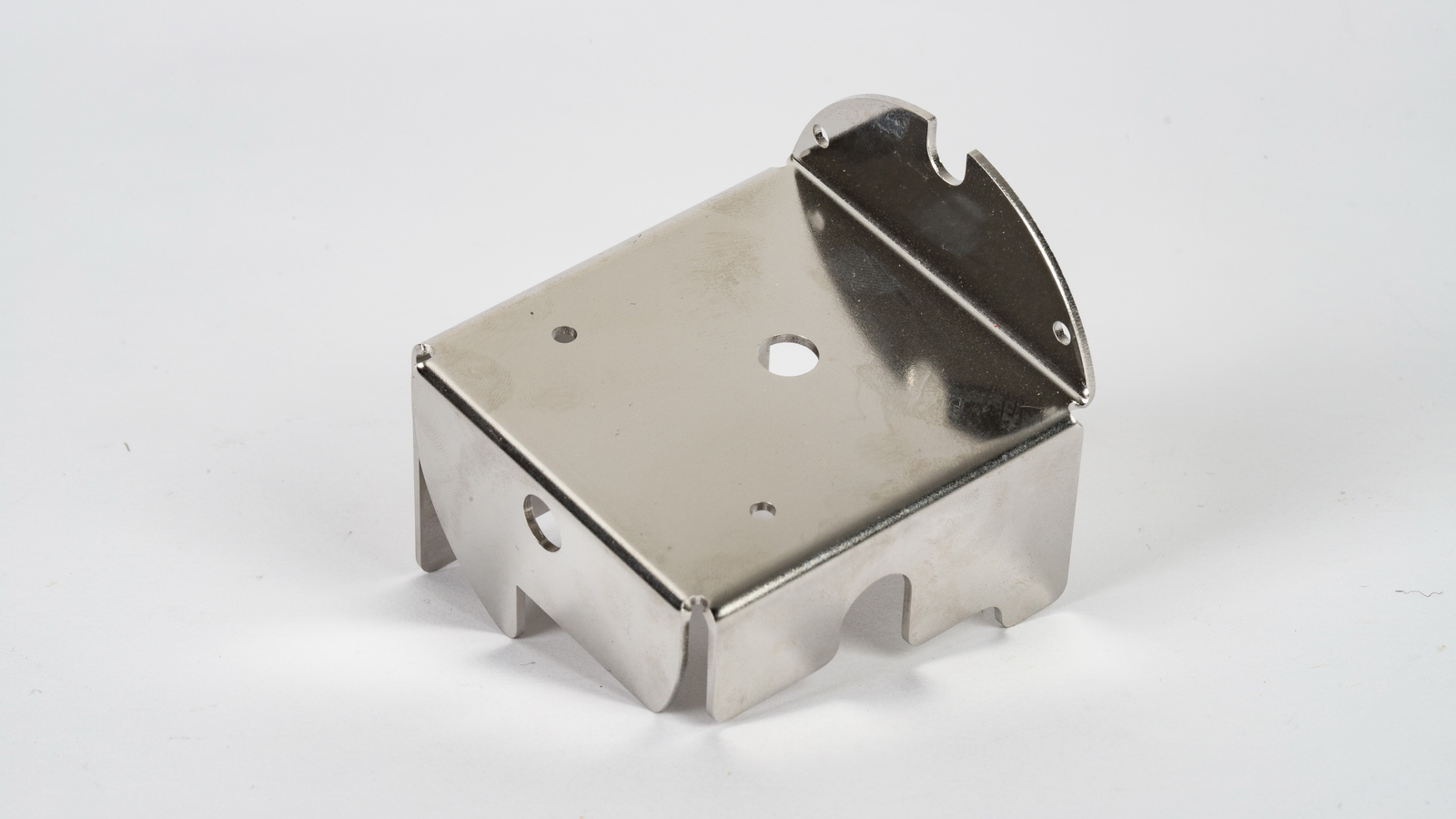
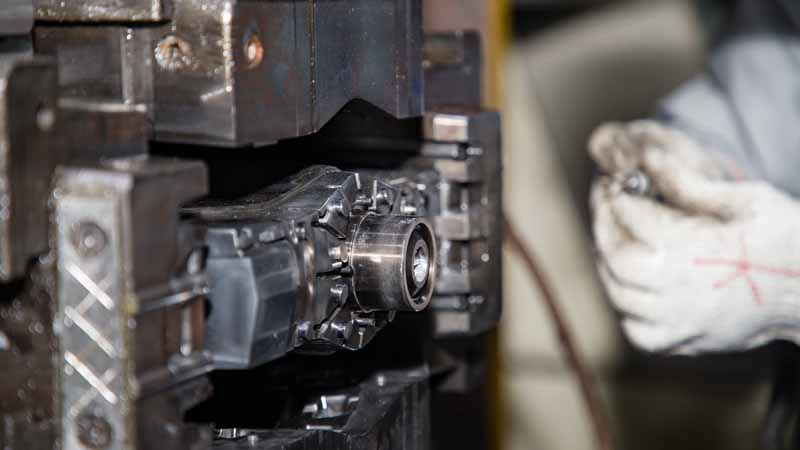
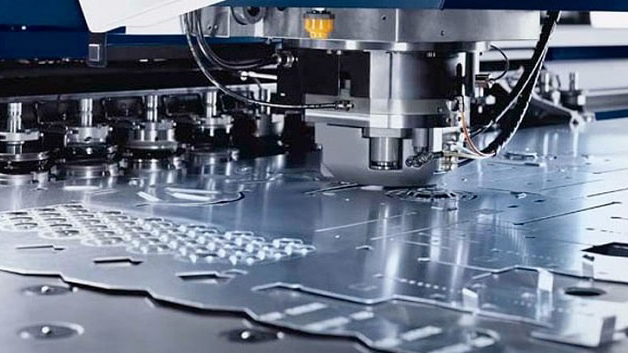
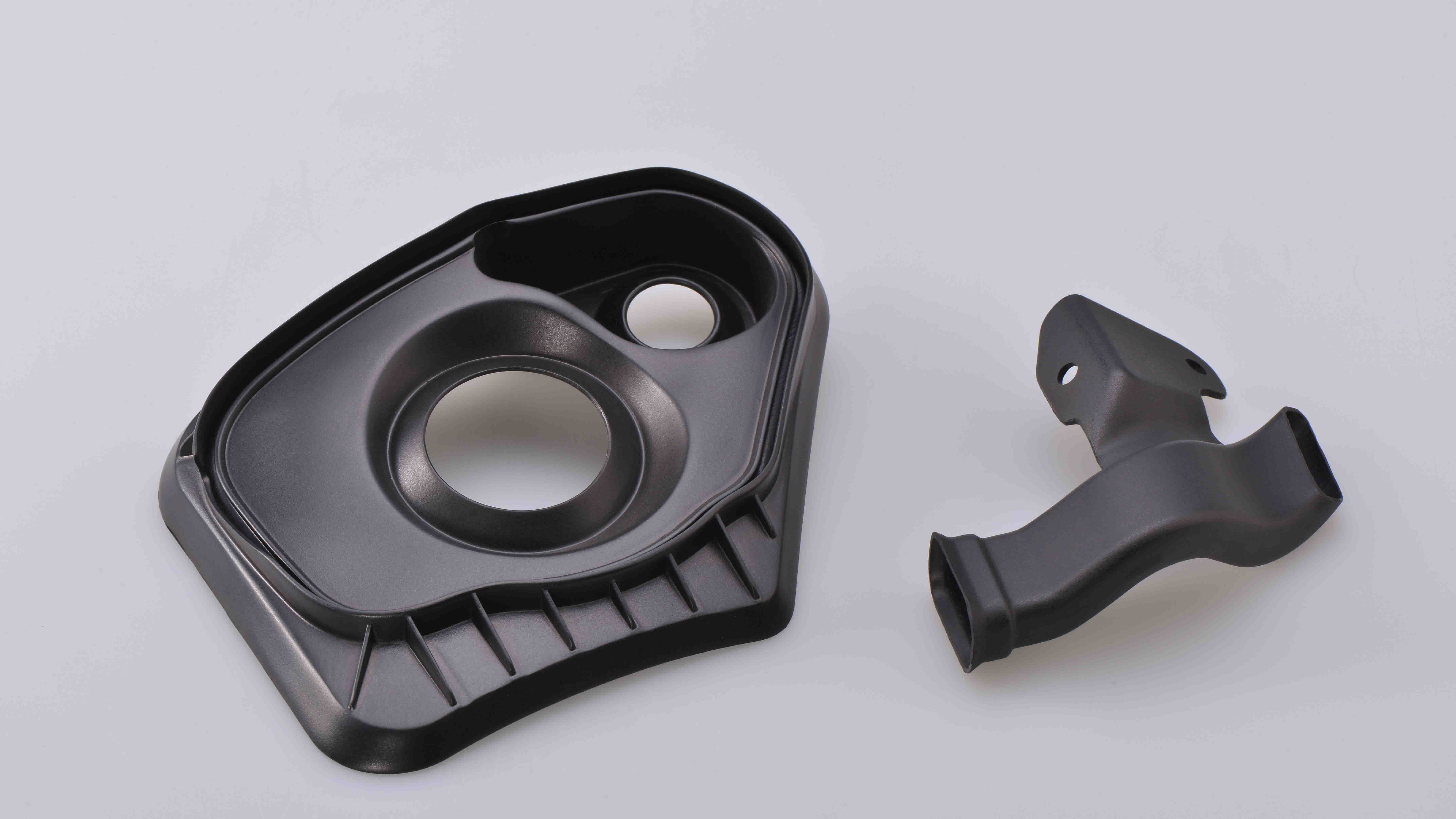
Manufacturing-oriented design for microinjection molding becomes more critical due to factors such as gating, demolding, and sealing angles. These important details need to be reviewed early in the process. In macro molding, this is less critical because we have several alternatives, whereas in micro molding there is very limited room for maneuvering. For example, there may be only one gate location for micro molding, while there may be three or four gate locations for macro molding. This phenomenon also exists for mold release and other factors. The correct manufacturing oriented design determines the ease of the mold design phase. The manufacturing oriented design process, whether radius or sharpness, tilt or non-tilt or ejector/splitter/gate placement, should put all challenges on the table that will help determine how the mold design is done. We may have envisioned how the design will proceed and can assume some give and take conditions, but what if the parting line we envision crosses a critical surface? We must adapt the mold design to ensure that the injection molded part delivered to the customer meets the product design intent. Another thing we must be aware of is the aspect ratio of the shell as it is tied to material selection. Is it possible to achieve the desired geometry by changing the material, or must the geometry be changed based on the material? For example, polyetheretherketone injection molding cannot achieve the length and fineness of polypropylene injection molding.